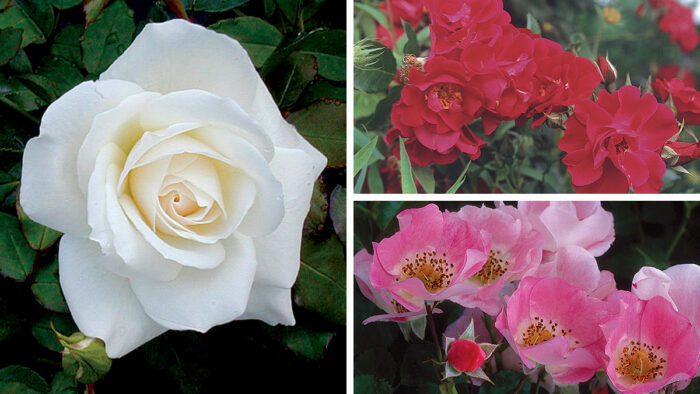
Gertrude Stein once wrote, “A rose is a rose is a rose.” But when it comes to growing them, not all roses are equal. Since many roses put on their best show under specific climatic conditions, we asked enthusiasts from 10 regions of the United States to recommend five roses that are the easiest and most rewarding to grow in their area.
As you’ll see from the glorious images and vivid descriptions, there are roses that thrive from coast to coast and in soil that ranges from sand to clay. The guide below offers a description of each rose type listed. We hope that these picks will help you to enjoy the pleasures of the world’s most beloved flower—wherever you garden.
What’s in a name?
You may notice in the lists of roses below that some cultivar names appear with single quotation marks while others do not. Those without quotation marks are trademarked names, many of which have cultivar names that are rarely used. To make the roses easy to find, we’ve listed each by the name used to market it.
Types of Roses
- Alba—Variably sized, free-branching, robust shrubs with clusters of fragrant, semidouble to double blooms in late spring; very hardy.
- Bourbon—Open shrubs with glossy foliage and clusters of double blooms in spring and fall.
- China—Small shrubs with delicate, slender canes and single to double blooms throughout summer; sometimes slightly fragrant; good for use in borders and containers.
- Damask—Open shrubs with downy foliage, prickly stems, and semi-double to fully double fragrant blooms borne singly or in clusters in spring.
- Gallica—Dense, free-branching shrubs with single to fully double, spicy-scented blooms produced singly or in clusters on prickly stems in spring; very hardy.
- Floribunda—Bushy or upright, free-branching, small shrubs with clusters of single to fully double flowers with a light fruity fragrance on prickly stems; blooms continuously from late spring to fall.
- Grandiflora—Tall, upright shrubs with clusters of large double blooms from late spring to fall.
- Hybrid musk—Large arching shrubs with clusters of strongly fragrant single to double blooms from late spring to fall on leathery, disease-resistant foliage.
- Hybrid tea—Upright, bushy, free-branching shrub rose with large, double blooms on long canes from spring to fall.
- Kordesii—Very hardy and disease-resistant, large and vigorous shrubs with clusters of single to double flowers from late spring to fall, followed by large hips.
- Large-flowered climber—Vigorous, with long arching canes, dense foliage, and flowers in a large variety of shades and forms; blooms in late spring, then sporadically through the season.
- Noisette—Graceful climbers with glossy leaves and clusters of fragrant double blooms from spring to autumn.
- Polyantha—Compact shrubs with loose sprays of small, single to double flowers from late spring to autumn.
- Rugosa—Compact shrubs with rough foliage, very prickly stems, and clusters of single to semi-double blooms from summer to autumn; very hardy and disease resistant.
- Shrub—A widely diverse, easy-to-grow group of roses with bushy habits and usually fragrant, semi-double to double, casual blooms.
- Tea—Shrubs or climbers with clusters of mildly fragrant, semi-double to fully double blooms in flushes on slender canes from spring to autumn.
Best Roses for the Mid-Atlantic
Longwood Gardens recommends hardy, disease-resistant roses
Longwood Gardens, in Kennett Square, Pennsylvania, conducted a decade-long study to find the best roses for home gardens. According to Bill Thomas, research horticulturist, the top-rated roses in the trial all grow on their own roots, show some resistance to pests and diseases (especially black spot), are winter hardy, and are highly ornamental. No roses, however, are resistant to Japanese beetles, which can be treated with a selective insecticide. You can handpick the insects, stop fertilizing during the infestation, and remove the flower buds, the beetles’ favorite part.
1. Rosa Knock Out
(shrub; cherry-red; mild fragrance; Zones 5–9)
Always in bloom, this plant, with its compact habit, is good for mass plantings.
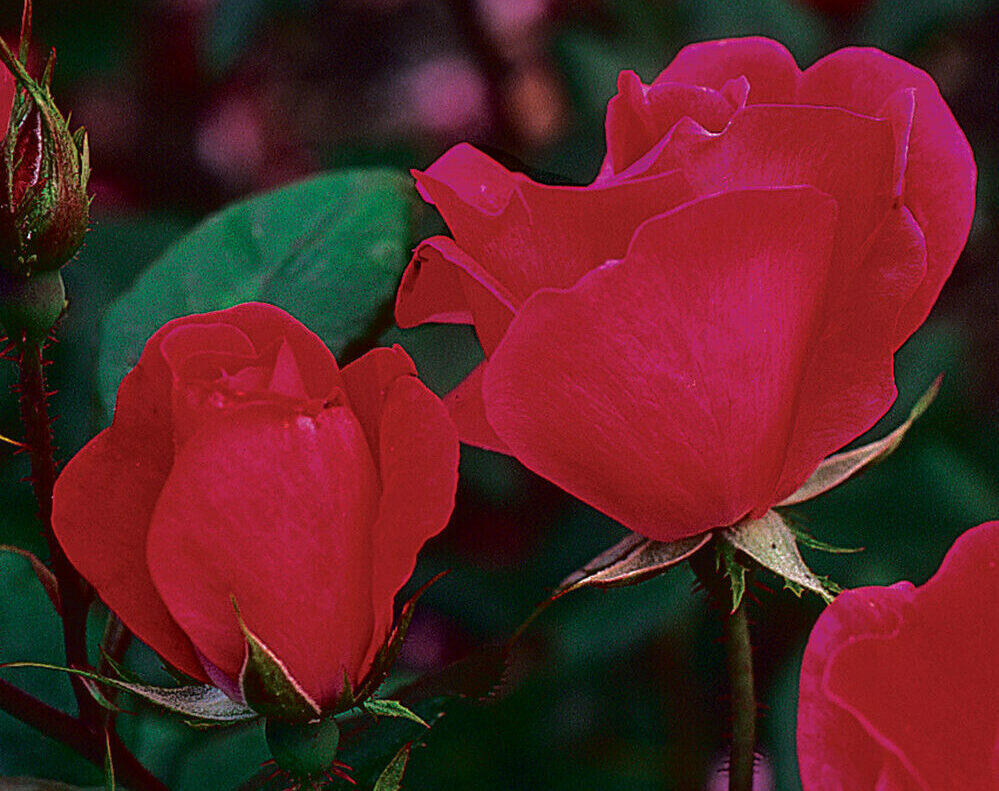 |
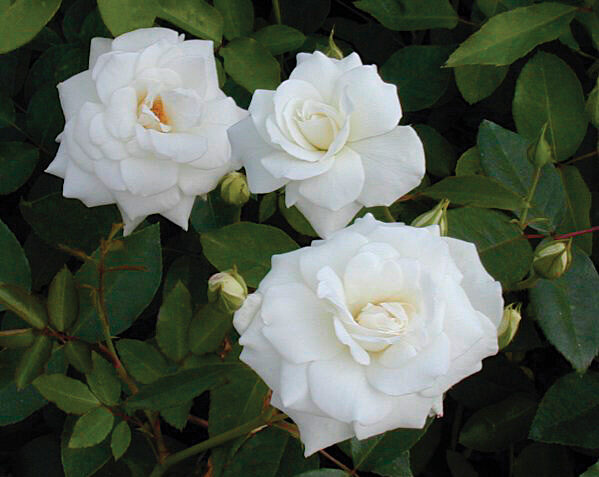 |
2. R. ‘Iceberg’
(floribunda; white; mild fragrance; Zones 5–9)
This is a strong grower that blooms all season and is somewhat resistant to black spot.
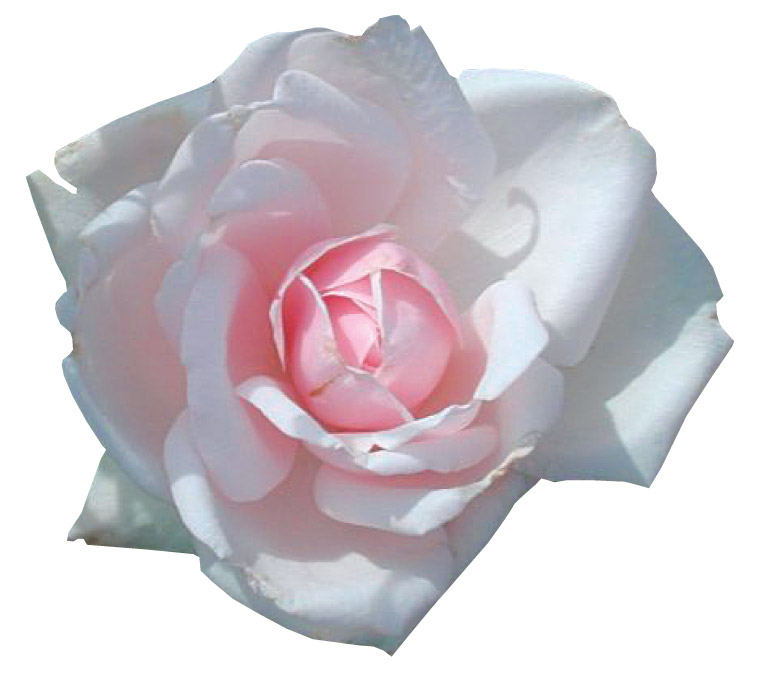
3. R. New Dawn
(climber; light pink; crisp fragrance; Zones 5–9)
This ever-blooming rose has some resistance to black spot and tolerates some shade.
4. R. Carefree Delight
(shrub; shell-pink; light fragrance; Zones 4–9)
A low grower that stays under 3 feet, this rose has great hips in the fall.
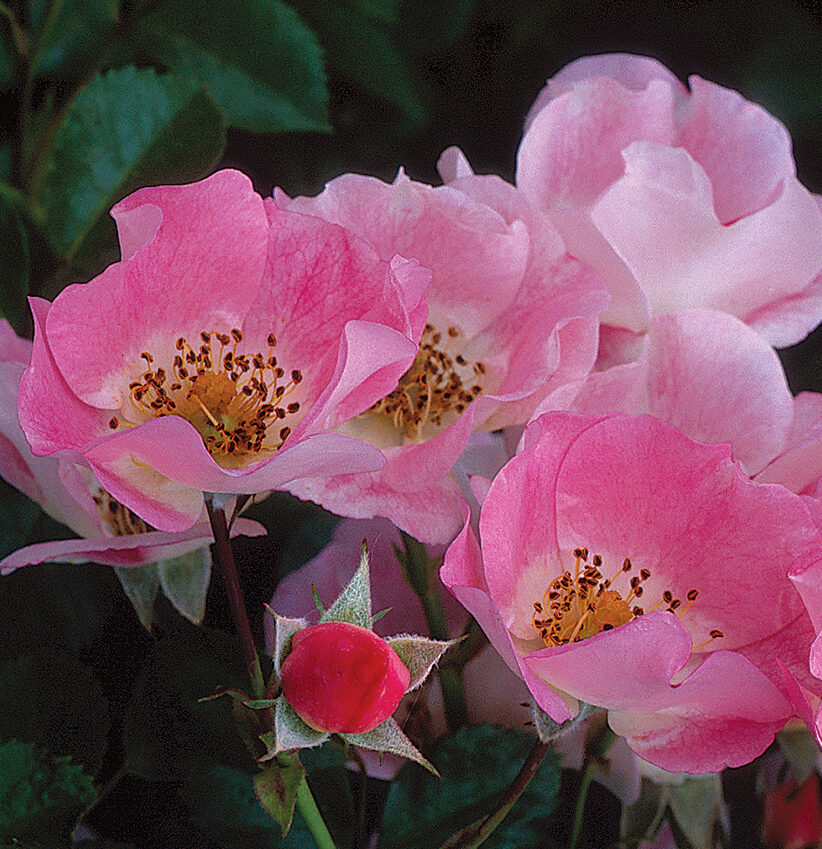 |
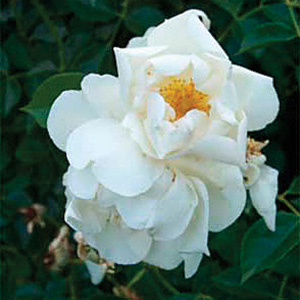 |
5. R. ‘City of York’
(climber; white; good fragrance; Zones 5–9)
A vigorous grower with large, semi-double flowers, it is resistant to black spot.
Best Roses for Midwest
Own-root plants do best in the Midwest
In the Midwest, the soil tends to have a high clay content and a pH that’s too alkaline for a rose’s taste. To be successful with roses, Angela Palmer, a past judge of the All-America Rose Selections and currently manager of plant introductions at the Chicago Botanic Garden, recommends ones that have a natural resistance to disease and are grown on their own roots. She also says that giving the plant the soil conditions it needs will help to keep it stress free.
1. Rosa Knock Out
(shrub; cherry red; mild fragrance; Zones 5–9)
Completely disease resistant, it makes a big impact with its large flowers.
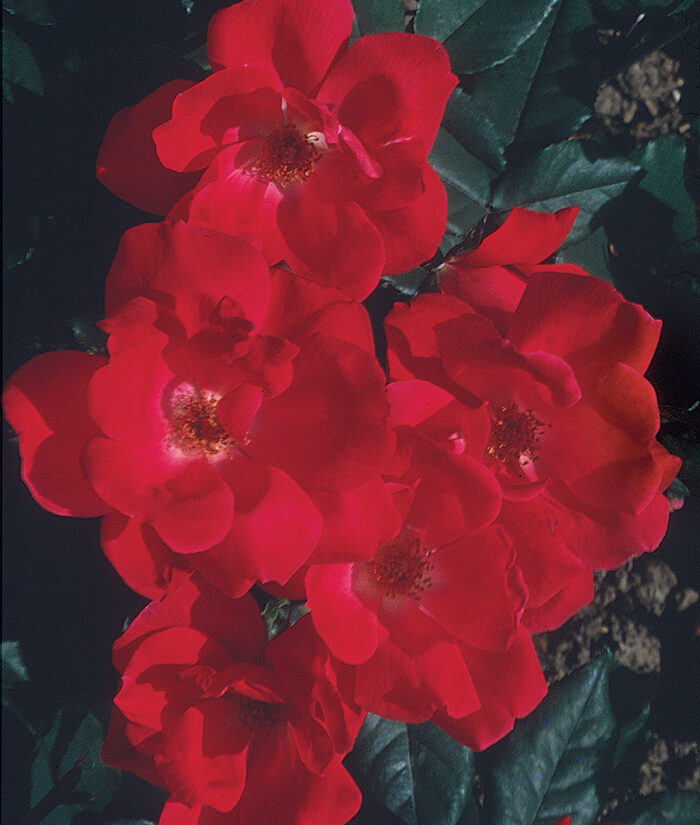 |
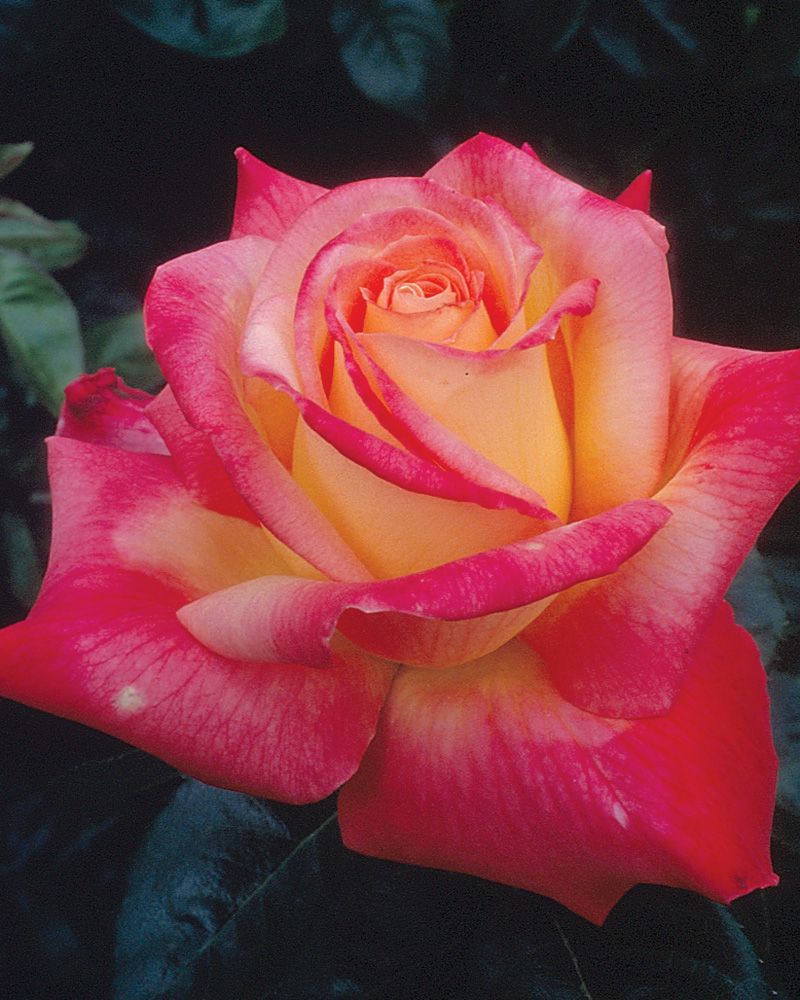 |
2. R. Love and Peace
(hybrid tea; pink and gold; fruity scent; Zones 4–9)
This is one of the first hybrid teas that is truly resistant to black spot.
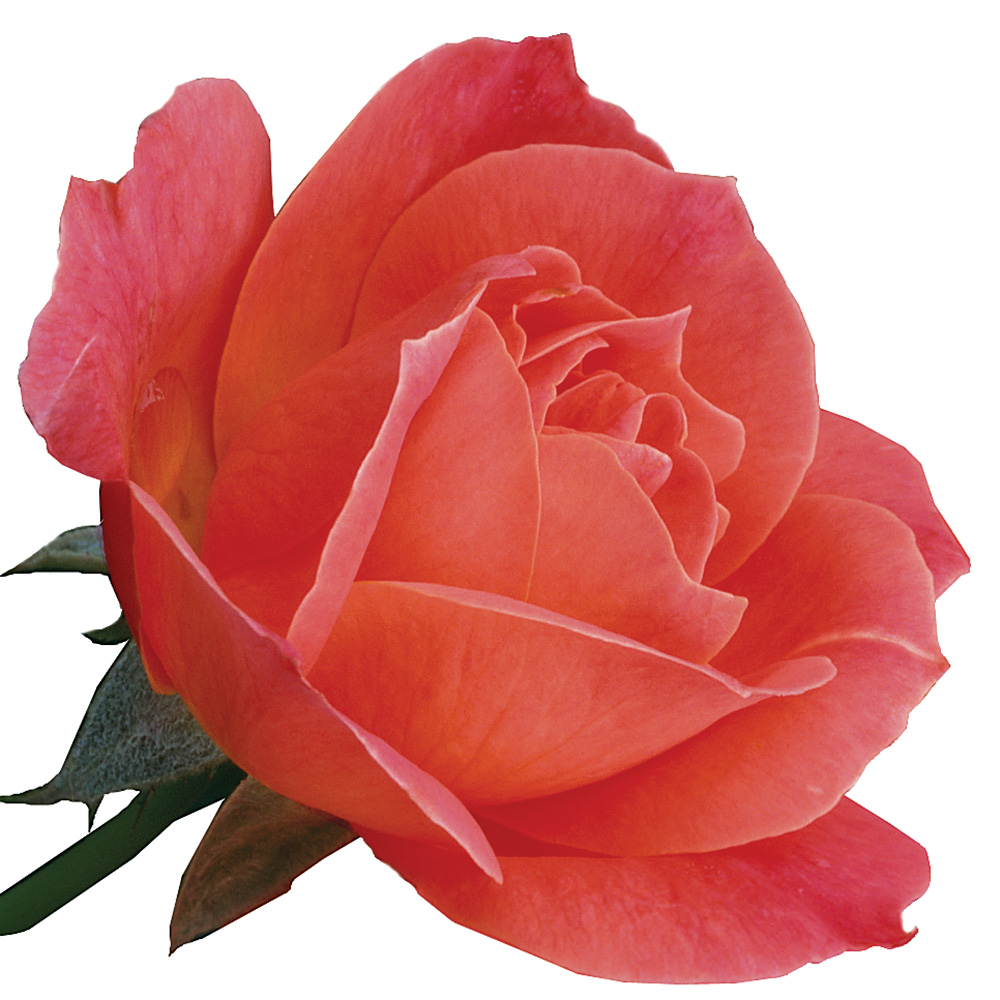
3. R. Livin’ Easy
(floribunda; orange; fruity fragrance; Zones 5–9)
This one grows to only 3 or 4 feet tall and has a shrubby habit.
4. R. Carefree Delight
(shrub; pink and white; light fragrance; Zones 4–9)
A very disease-resistant plant, it blooms continuously.
5. R. Flower Carpet
(shrub; pink; Zones 5–9)
This low grower is successful in sites that prove difficult for other roses.
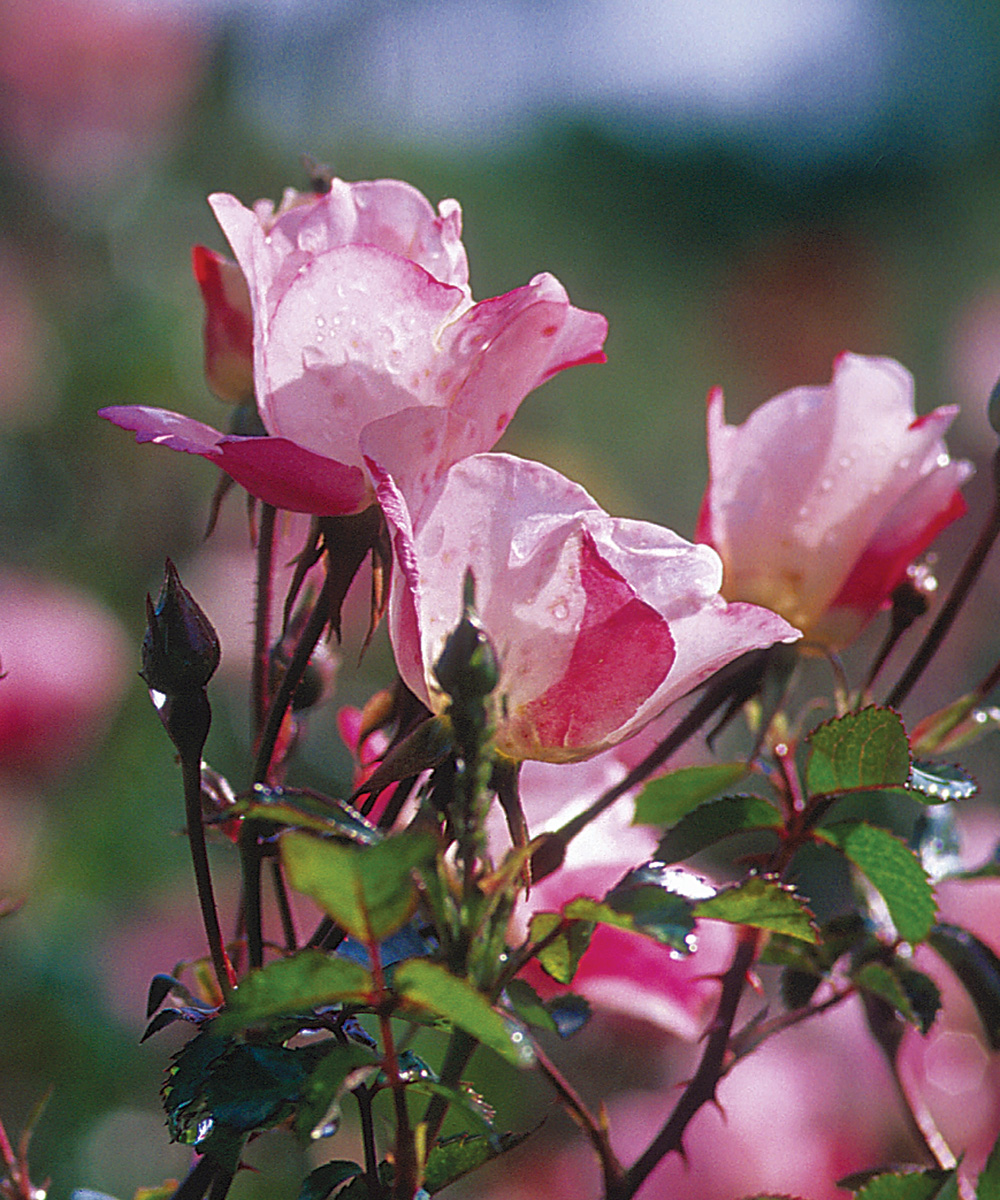 |
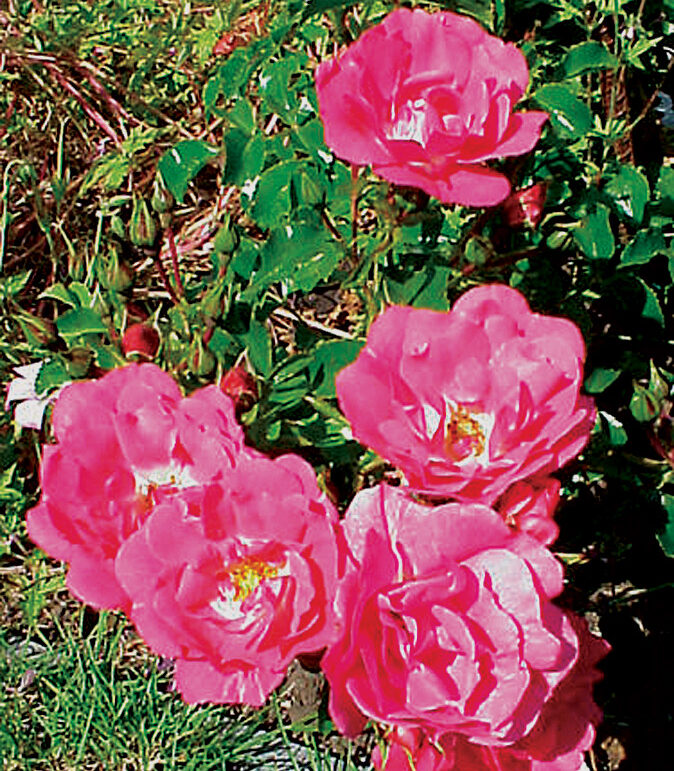 |
Best Roses for the Mountain West
Own-root roses thrive here
Mike Brawner tests and demonstrates more than 100 varieties of cold-hardy roses, and sells more than 220 varieties at his nursery, Harlequin’s Gardens, in Boulder, Colorado. He says that late-spring and early-fall freezes, hail, strong winds, low humidity, low annual rainfall, lean soils, vacillating temperatures, and bright, drying winter sun all contribute to the challenges of growing roses in his region. He recommends own-root roses and says that fertilizing is a must. He uses Mile-High Rose Feed, available locally, which helps to balance alkaline soils, enabling his roses to absorb more nutrients.
1. Rosa ‘Complicata’
(gallica; bright pink; slight fragrance; Zones 4–9)
A powerful performer with huge single flowers in spring, ‘Complicata’ is a quick grower, even under harsh conditions.
 |
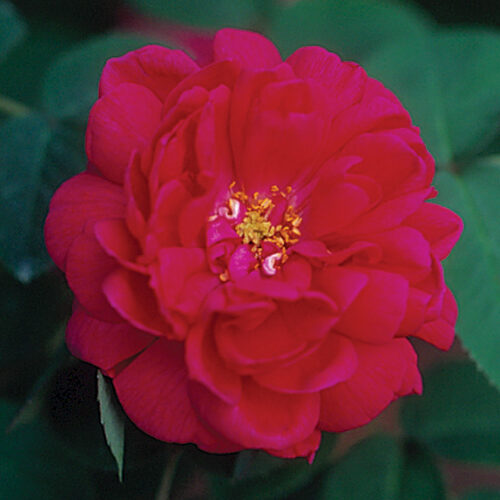 |
2. R. ‘Rose de Rescht’
(damask; purpley pink; extremely rich fragrance; Zones 4–9)
This compact old rose thrives in moist conditions but tolerates dry conditions.

3. R. Abraham Darby
(shrub; salmon; powerful fruity fragrance; Zones 5–9)
The flowers of this David Austin rose change from peach to salmon to orange.
4. R. glauca
(species; pink and white; Zones 3–8)
This rose offers coppery gray foliage and single, five-petal flowers, followed by orange hips that turn burgundy. It can tolerate some shade.
 |
 |
5. R. ‘John Davis’
(kordesii; rich pink; Zones 3–9)
A Canadian-bred vigorous climber, it has an excellent form.
Best Roses for the Northeast
Plant shrub roses that can handle the changeable weather
As the rosarian for Elizabeth Park in Hartford, Connecticut, the oldest municipal rose garden in the United States, Donna Fuss has spent many years evaluating which roses do best in the unpredictable weather and fluctuating temperatures of the Northeast. She found that shrub roses are particularly tolerant of the tough New England weather, and they tend to be resistant to many diseases that make growing roses in the Northeast a challenge.
1. Rosa rugosa var. alba
(rugosa; white; strong fragrance; Zones 2–9)
Besides being salt tolerant, this rose has abundant large hips in fall and winter.
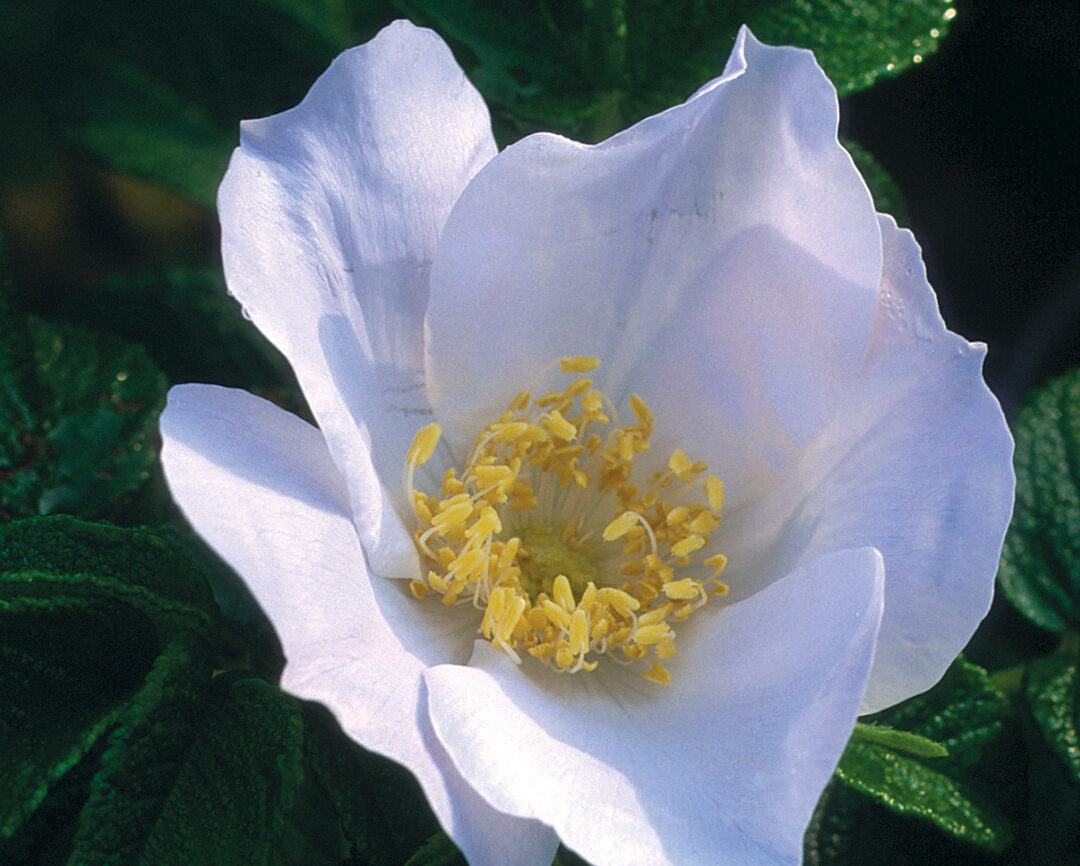 |
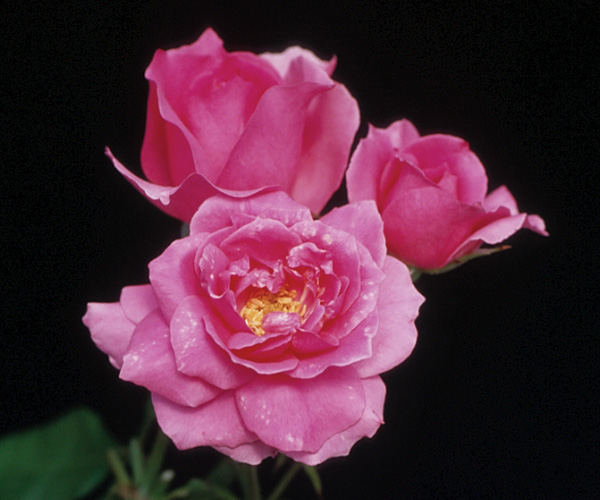 |
2. R. Earth Song
(grandiflora; pink; Zones 4–9)
It blooms in July on long stems, then sporadically through summer and fall.

3. R. Scarlet Meidiland
(shrub; scarlet red; Zones 4–9)
This large shrub grows to 6 feet tall and flowers all summer.
4. R. Starry Night
(shrub; white; Zones 4–9)
This shrub rose sports clusters of white flowers all season.
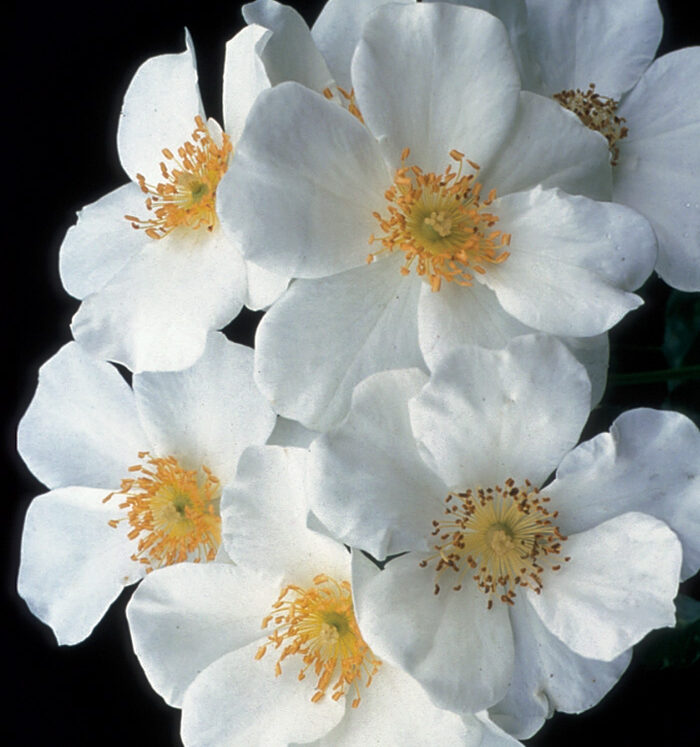 |
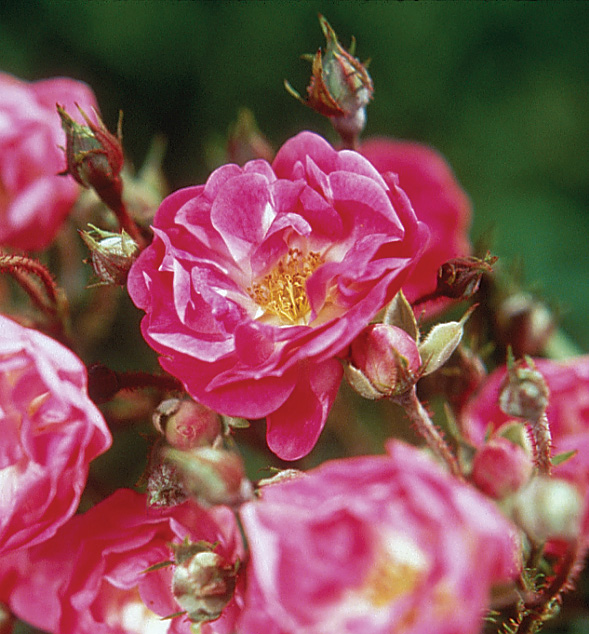 |
5. R. ‘Martha’s Vineyard’
(shrub; hot pink; Zones 4–9)
Part of the Town and Country line of roses developed for hardiness, it is disease resistant, double flowered, and a profuse bloomer.
Best Roses for the Northern California
Choose disease-resistant roses in areas prone to fog

Author of The Rose Bible and owner of Garden Valley Ranch rose nursery, Rayford Reddell knows a few things about growing roses. Rayford says, “We rosarians in Northern California tend to ignore the USDA Hardiness Zones listed in catalogs because our winters are so mild. Where I garden in Petaluma, 36 miles north of the Golden Gate Bridge, thermometers have been known to dip into the high 20s, but never for long. Because many of our macroclimates include fog, we must choose roses that show some resistance to powdery mildew and black spot.”
1. Rosa ‘Iceberg’
(floribunda; white; light fragrance; Zones 5–9)
This disease-resistant bloomer churns out sprays of blossoms all season long.
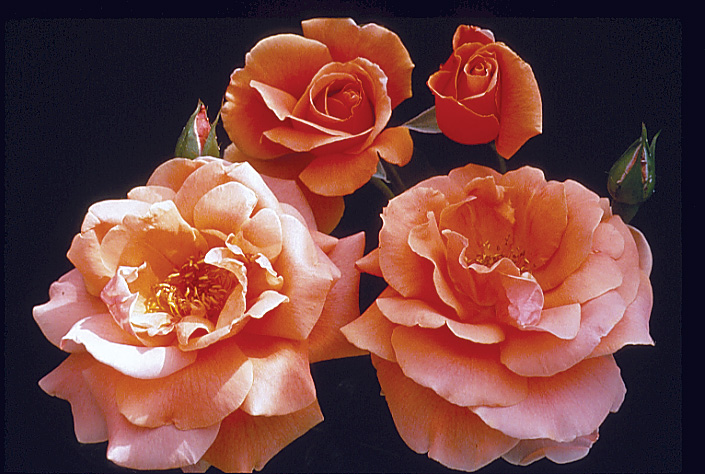
2. R. ‘Royal Sunset’
(climber; apricot fruity scent; Zones 5–9)
This amazing large-flowered plant is perhaps the most underrated repeat-blooming climbing rose in America.
3. R. Carefree Delight
(shrub; pink; light fragrance; Zones 4–9)
This fuss-free landscape rose also produces a smashing crop of hips.
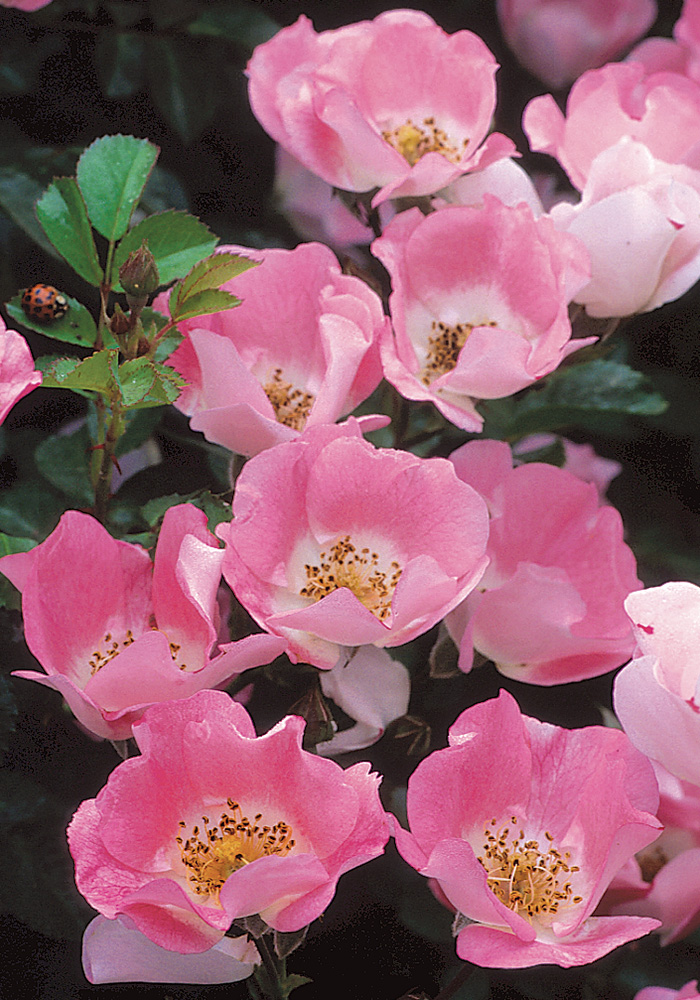 |
 |
4. R. ‘Ballerina’
(hybrid musk; pink; strong musk scent; Zones 5–9)
It’s disease resistant, graceful, and grows up to 5 feet tall and wide.
5. R. ‘Bewitched’
(hybrid tea; pink; sumptuous fragrance; Zones 4–9)
Blossoms the size of dinner plates top the tall disease-resistant bushes cloaked in grayish-green foliage.
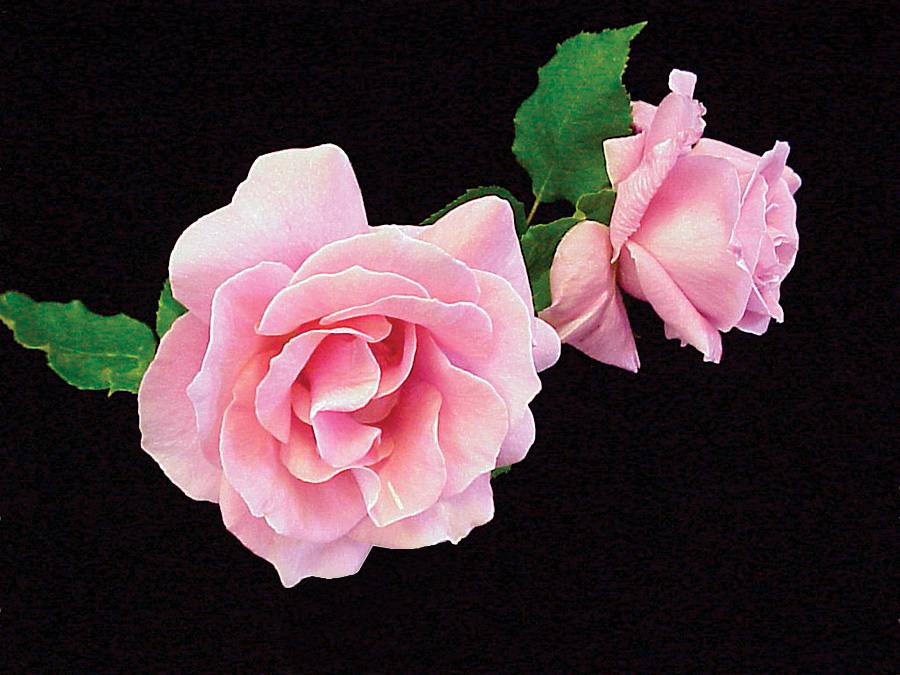
Best Roses for the Northwest
The Pacific Northwest is heaven for roses
“Here in the City of Roses, we are blessed with ideal weather for growing roses,” says Daryl Johnson, rose curator for the International Rose Test Garden in Portland, Oregon. The coastal Pacific Northwest, in USDA Hardiness Zone 8, is known for its mild, wet winters and cool, dry summers. Of course, with the more than 550 varieties of roses in Portland’s public gardens, common diseases like black spot and rust do pop up. He manages them with selective spraying, three doses a year of fertilizer, and active grooming.
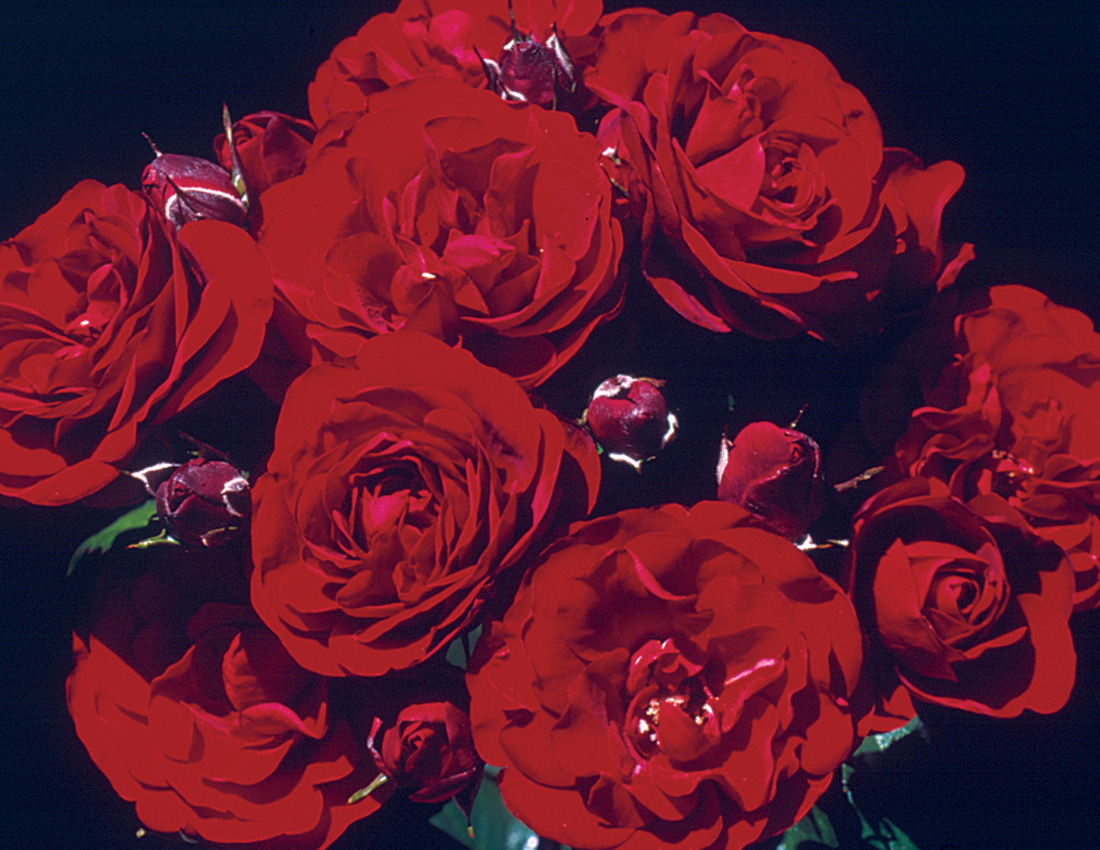
1. Rosa Lavaglut
(floribunda; deep red; Zones 5–9)
This plant has dense clusters of double blooms and strong upright canes with glossy foliage.
2. R. Sally Holmes
(hybrid musk shrub; white; delicate scent; Zones 5–9)
Large floating clusters of single white blooms belie the toughness of this plant.
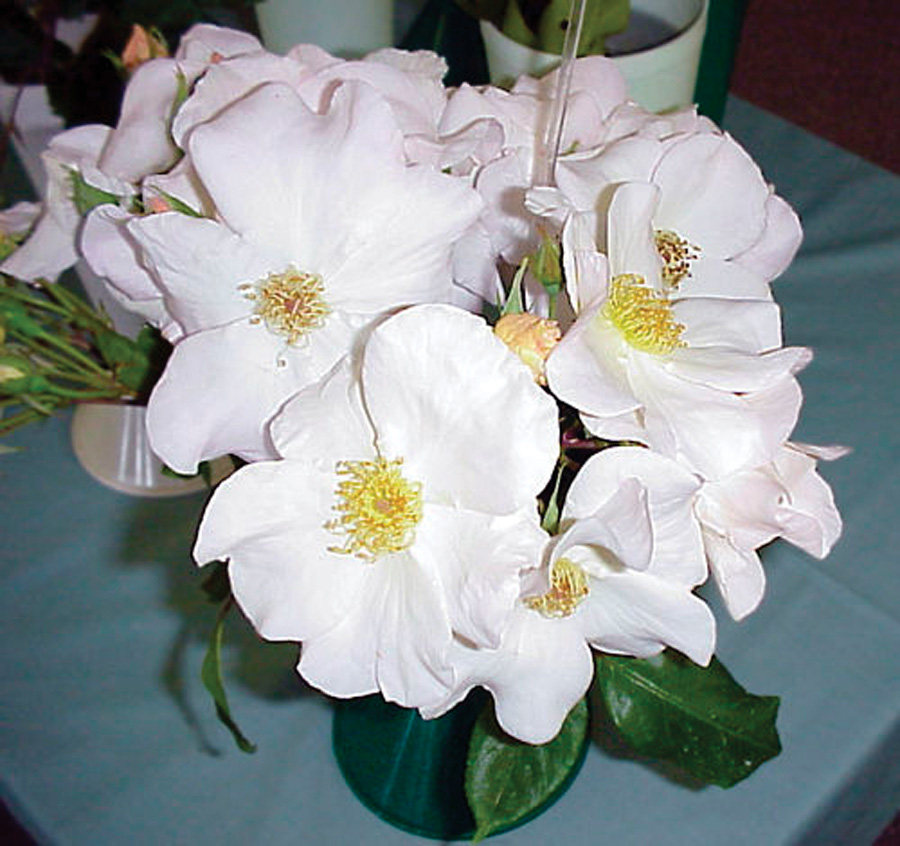 |
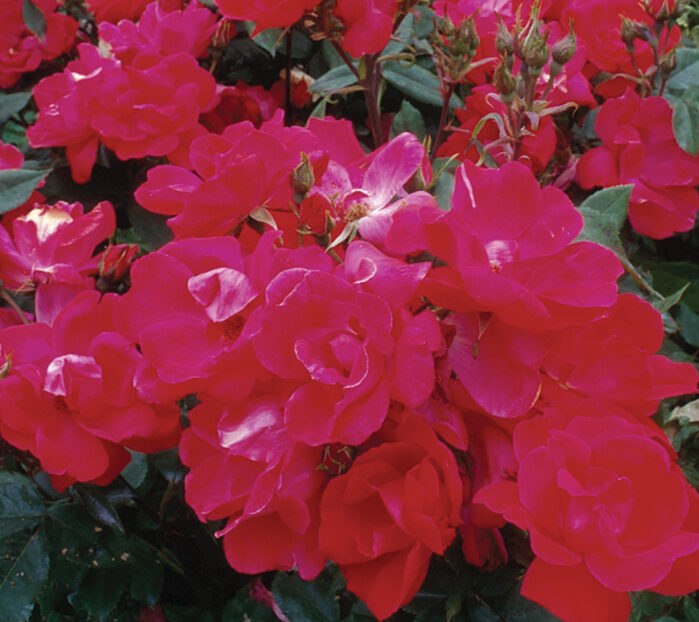 |
3. R. Knock Out
(shrub; cherry red; mild fragrance; Zones 5–9)
This compact shrub rose is sometimes so covered with blooms that you can’t see the foliage.
4. R. Playboy
(floribunda; shades of orange, red, and yellow; light scent; Zones 5–9)
A single-petaled ruffled rose, this is a bright, healthy crowd-pleaser.
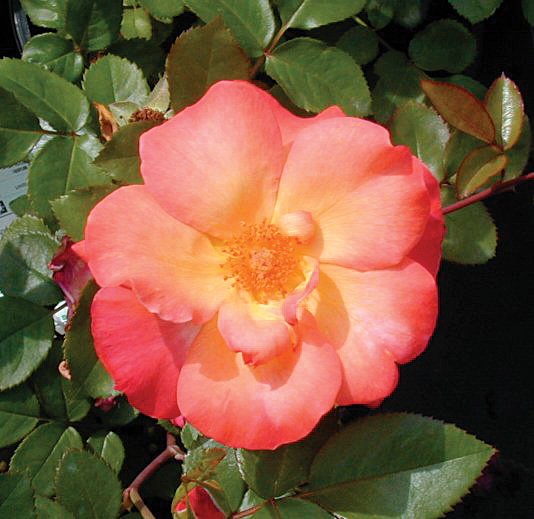 |
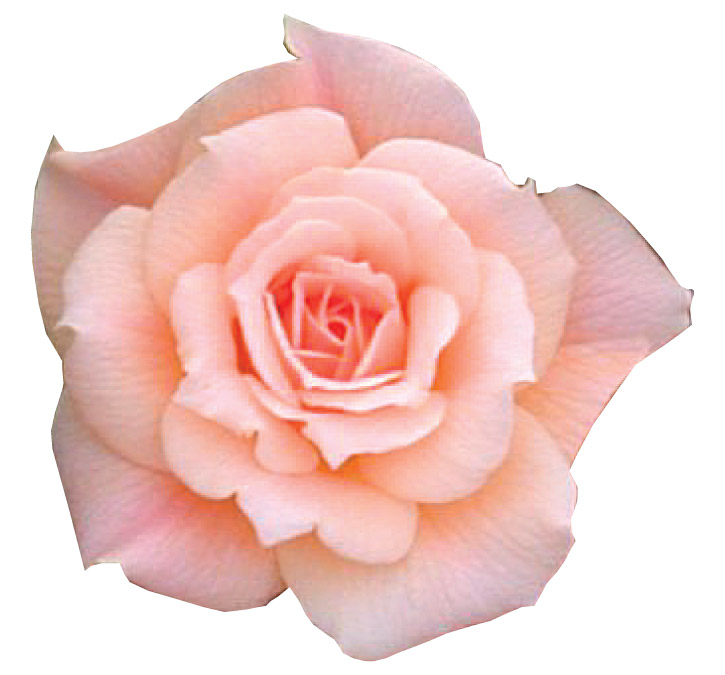 |
5. R. Easy Going
(floribunda; apricot; Zones 4–9)
A prolific summer-long bloomer, this rose has an upright growth habit and glossy foliage.
Best Roses for the Southeast
Historic Noisettes grow in the city of their origin
Despite drastic shifts in temperature and moisture, and soil that ranges from sand to clay, many roses grow well here, according to Ruth Knopf of Sullivan’s Island, South Carolina. Ruth has been tending old roses throughout the Southeast for more than 25 years. Her favorite performers include those that can take the heat and humidity, like teas, Noisettes, Chinas, Bourbons, hybrid musks, and polyanthas. Ruth recently worked to create a trail of Noisettes throughout Charleston, the city where this class of roses was developed in the early 1800s.
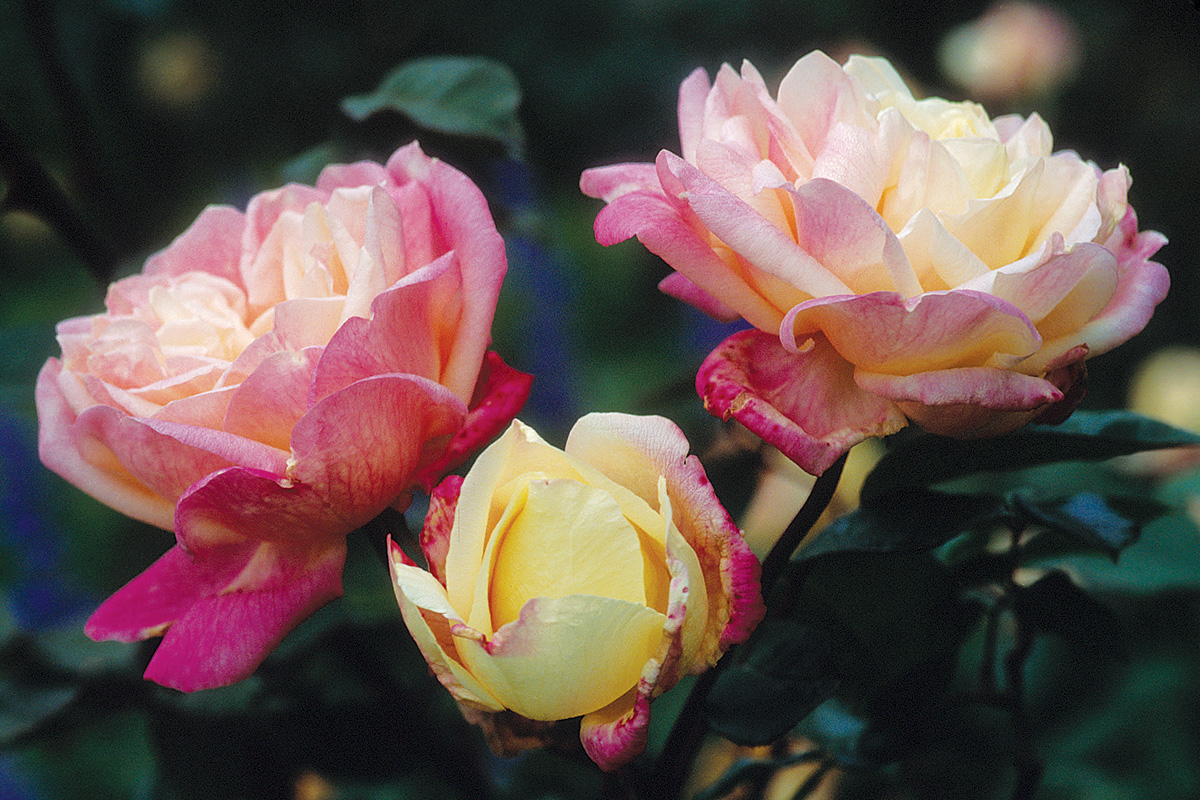
1. Rosa ‘Marie van Houtte’
(tea; cream edged with pink; fragrant; Zones 7–9)
This strong plant has a graceful habit, full blooms, and disease-resistant foliage.
2. R. ‘Louis Philippe’
(China; fuchsia blend; fragrant; Zones 7–9)
This tough repeat bloomer, with its double flowers, can survive neglect.
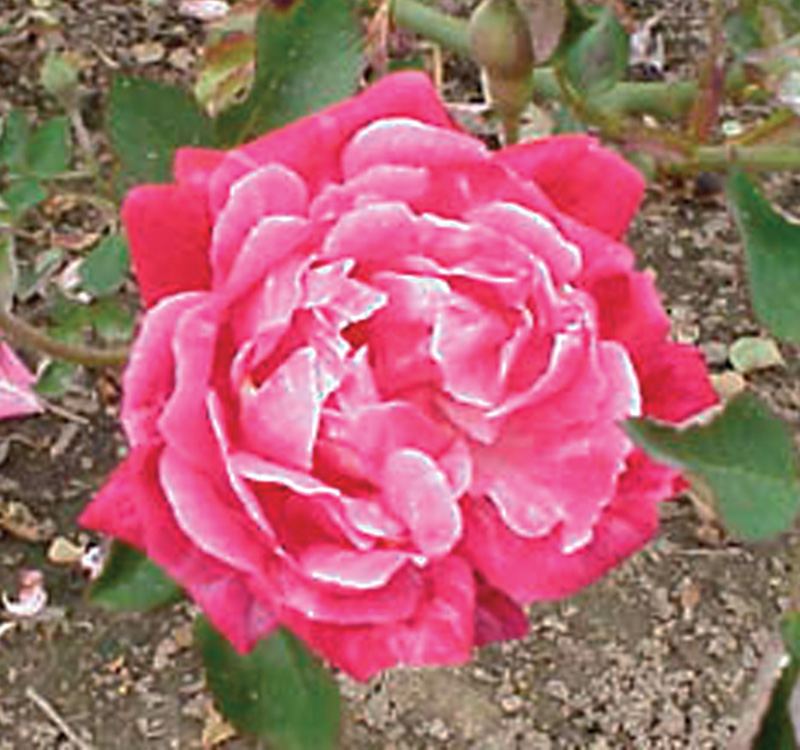 |
 |
3. R. ‘Safrano’
(tea; apricot yellow; lightly fragrant; Zones 7–9)
This large plant, with its burgundy new foliage, blooms repeatedly.
4. R. ‘Mutabilis’
(China; color changes from buff to pink to rose; Zones 5–9)
Blooming with large, single flowers from early spring until frost, this rose makes a spectacular specimen or hedge.
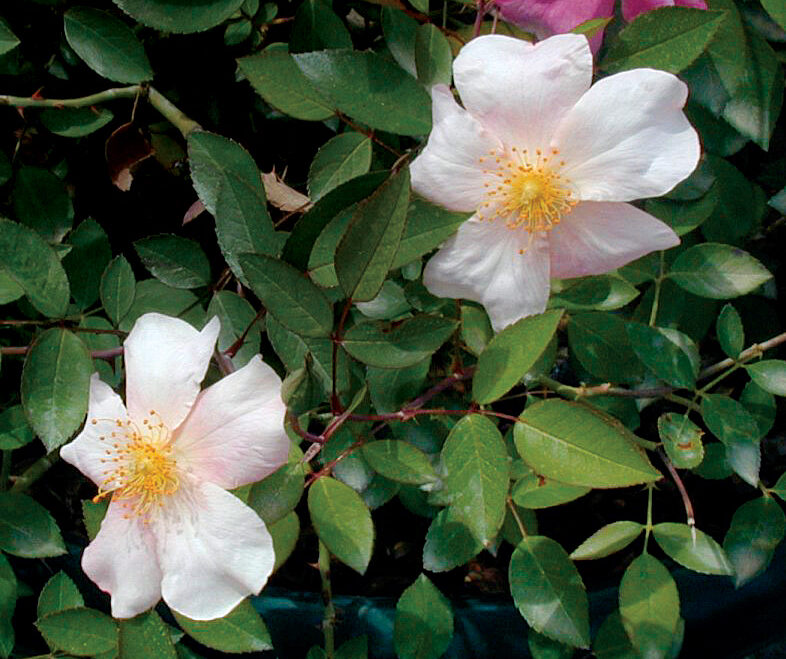 |
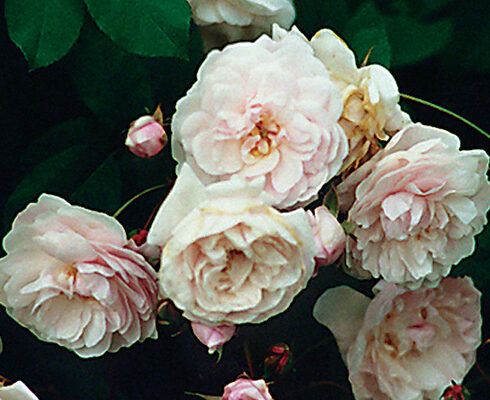 |
5. R. ‘Blush Noisette’
(shrub Noisette; pale pink, fragrant; Zones 6–9)
A proven performer, this moderate grower blooms continuously with huge clusters of small flowers.
Best Roses for the Southern California
Roses love the climate here
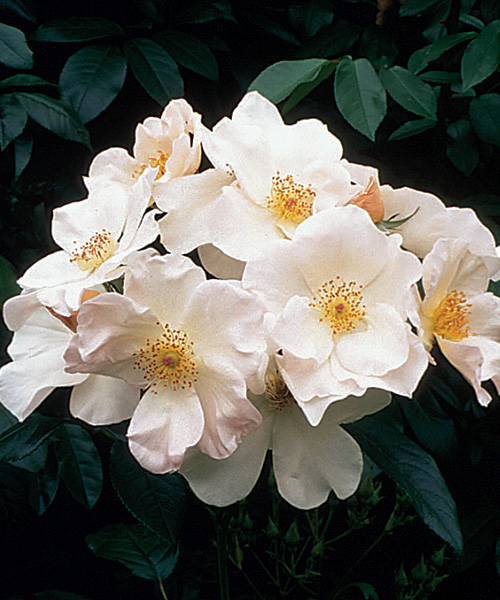
Wen Wang, the rosarium horticulturalist at Descanso Gardens in La Cañada, California, says that deer damage and heavy clay soil are challenges when growing roses in Southern California. Creating fence boundaries is a good way to deter deer, and amending the soil with organic matter like compost and pear moss improves the drainage. Otherwise, roses love the temperate, sunny climate of this Zone 8–9 region as much as people do.
1. Rosa Sally Holmes
(hybrid musk; white; delicate fragrance; Zones 5–9)
A vigorous, disease-resistant climber, it sports beautiful repeating blooms.
2. R. ‘Will Scarlet’
(hybrid musk; crimson; slight fragrance; Zones 5–9)
This relatively pest-free, 12-foot-tall rose flowers through the growing season.
 |
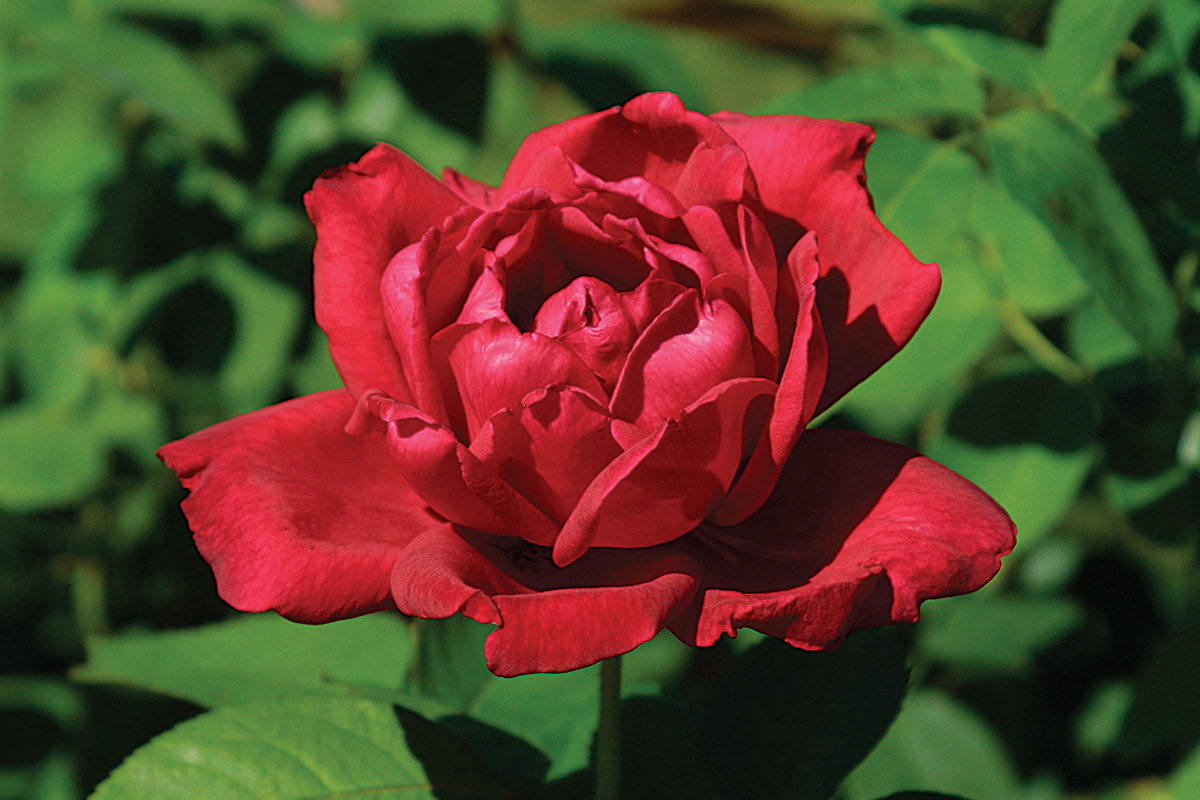 |
3. R. ‘Chrysler Imperial’
(hybrid tea; red; strong scent; Zones 5–9)
For excellent cut flowers, grow this gorgeous 6-foot-tall, disease-resistant double rose.
4. R. ‘Iceberg’
(floribunda; white; slight scent; Zones 5–9)
This pest-free plant has semi-double flowers from spring to fall.
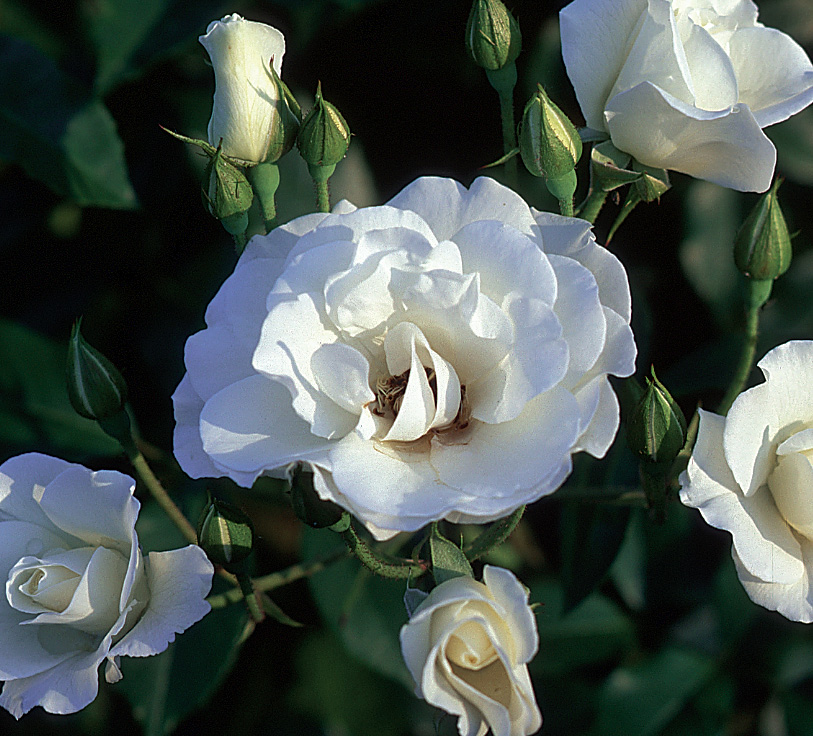 |
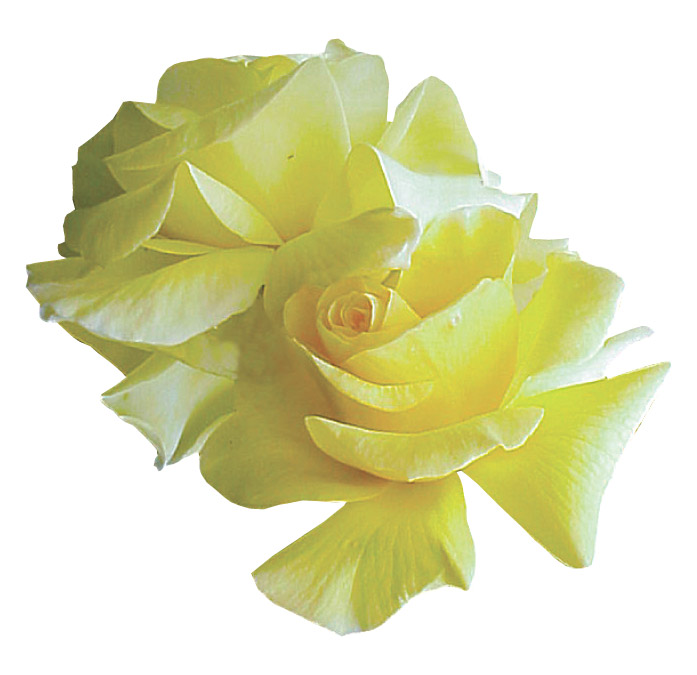 |
5. R. Sun Flare
(climbing floribunda; yellow; slight fragrance; Zones 5–9)
This disease-resistant rose offers continuous, profuse, semi-double flowers.
Best Roses for the Southern Plains
Roses like extra organic matter in areas with alkaline soil
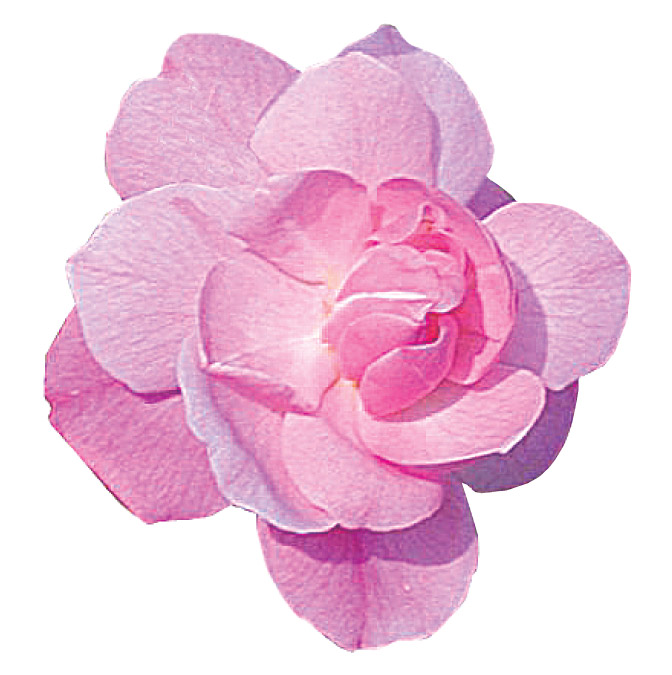
In the Southern Plains region of the United States, roses flower from April through May and again in October, shutting down during summer’s 90°F days. Mike Shoup, owner of the Antique Rose Emporium in Brenham, Texas, says that alkaline soil common in some parts of this region can be made more hospitable to roses by amending it with organic matter and applying a 3-inch layer of native hardworking bark mulch. With this recipe, Mike never needs to use synthetic fertilizer on his roses.
1. Rosa ‘Old Bush’
(China; pink; slight fragrance; Zones 6–9)
This is an excellent old rose with repeat blooms followed by large orange hips.
2. R. ‘Maggie’
(Bourbon; mauve red; heavy scent; Zones 7–9)
Its fragrant blooms appear in spring and fall on 8-foot-long canes.
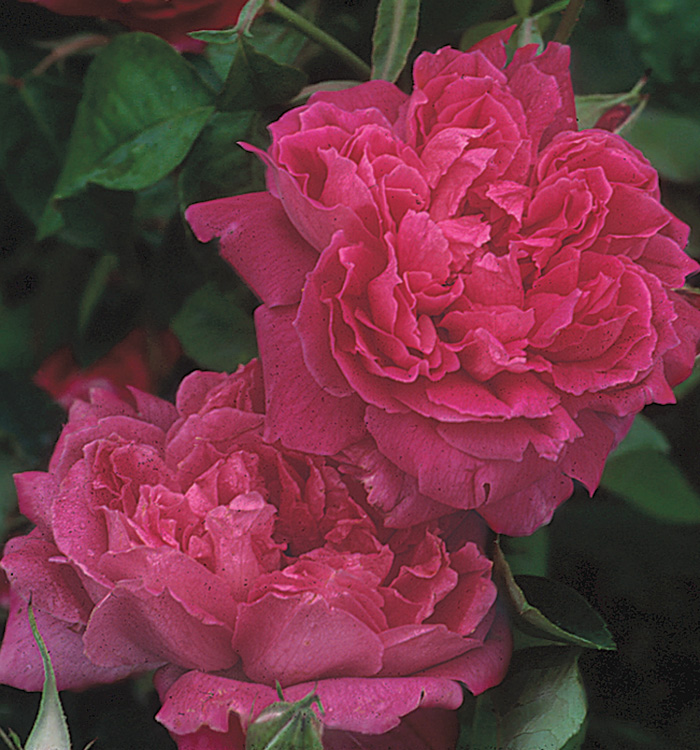 |
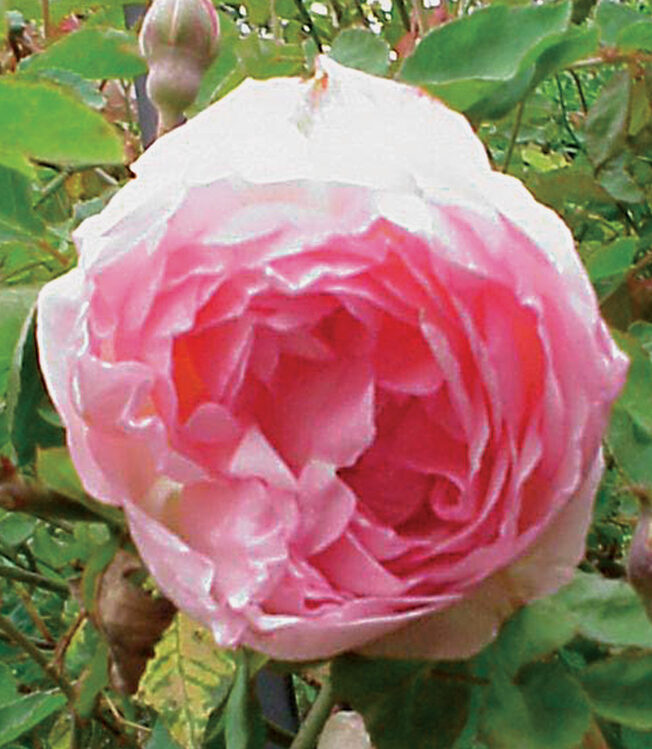 |
3. R. palustris var. scandens
(species; pink; mild scent; Zones 5–9)
This graceful arching rose flowers in spring and doesn’t mind wet conditions.
4. R. ‘Climbing Pinkie’
(polyantha; pink; good fragrance; Zones 6–9)
Often used as a cascading shrub or climber, this rose blooms all season.
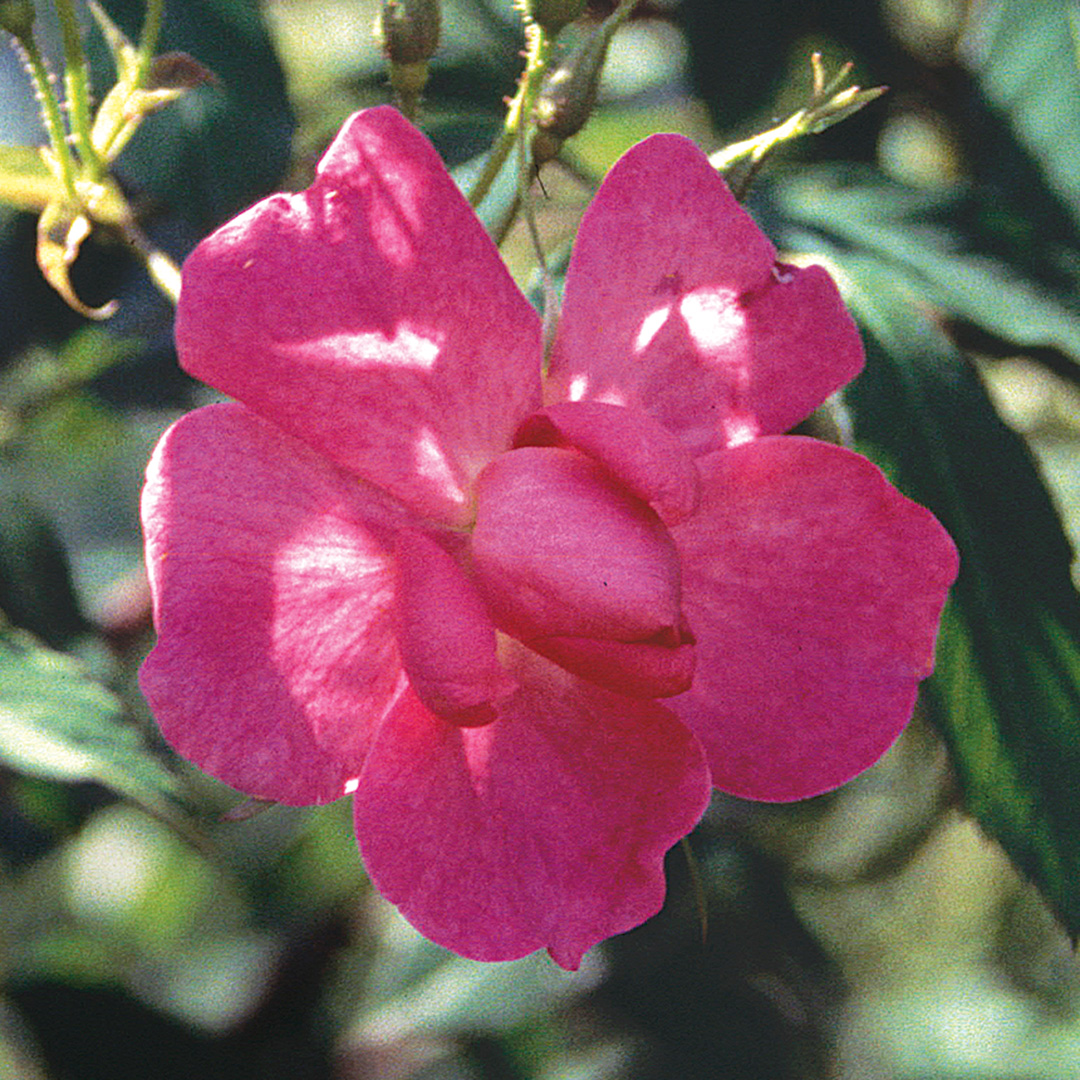 |
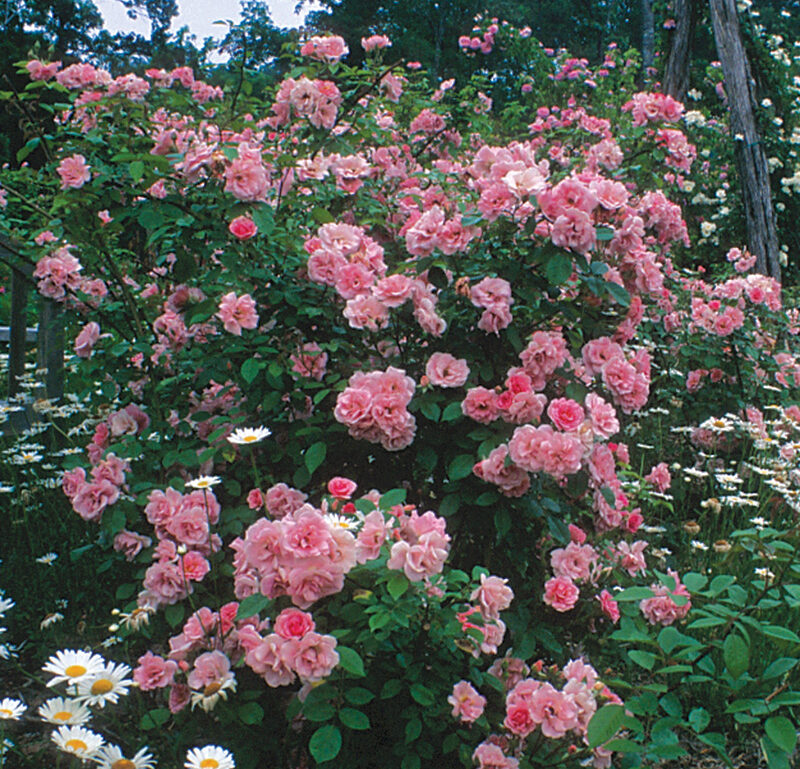 |
5. R. ‘Duchesse de Brabant’
(tea; pink; rich fragrance; Zones 7–9)
In bloom all season long, this 4- to 5-foot-tall rose was Teddy Roosevelt’s favorite.
Best Roses for the Southwest
Watch for powdery mildew in spring and fall
Growing roses in the Southwest is not always easy. According to Carroll Sue Wagner, a rose judge and consulting rosarian in Albuquerque, New Mexico, the area’s alkaline soil, ranging from a pH of 7 to 8, must be amended because roses like a pH of 6 to 6.5. In addition, supplemental watering is a must. Powdery mildew appears in the spring and fall, a result of the day and night temperature fluctuations. However, allowing space between plants for air circulation, watering in the morning, and selecting disease-resistant varieties greatly reduces the problem.
1. Rosa St. Patrick
(hybrid tea; yellow with green outer petals; light scent; Zones 6–9)
This repeat bloomer holds its flowers for a long time, both in the garden and in a vase.
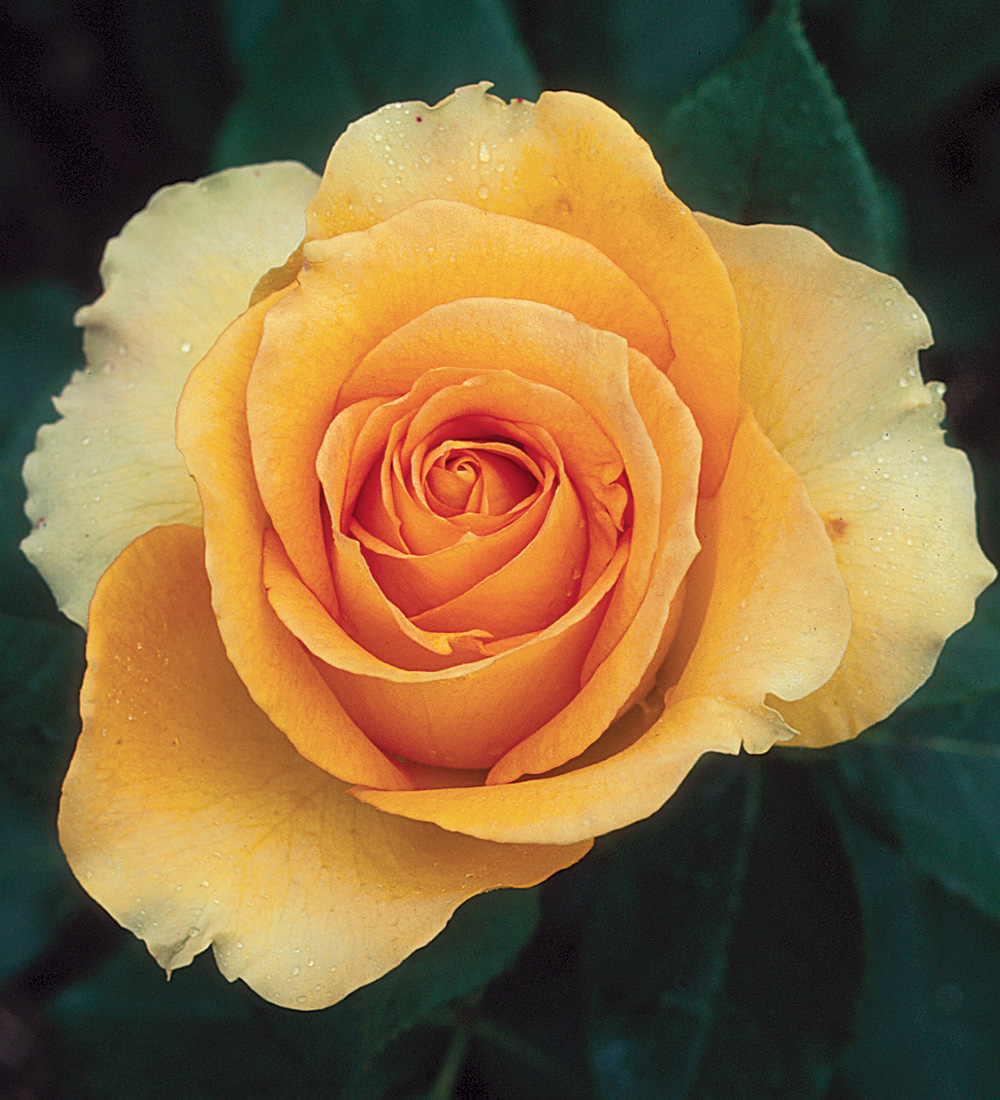 |
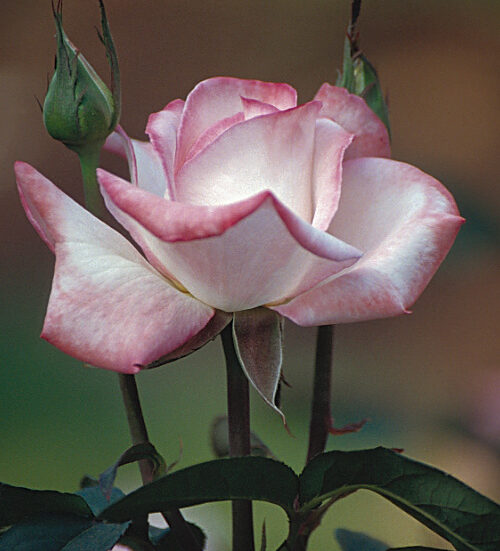 |
2. R. Secret
(hybrid tea; cream edged in pink; intense fragrance; Zones 5–9)
Grow this rose for its wonderful fragrance, repeat blooms, and cut flowers.
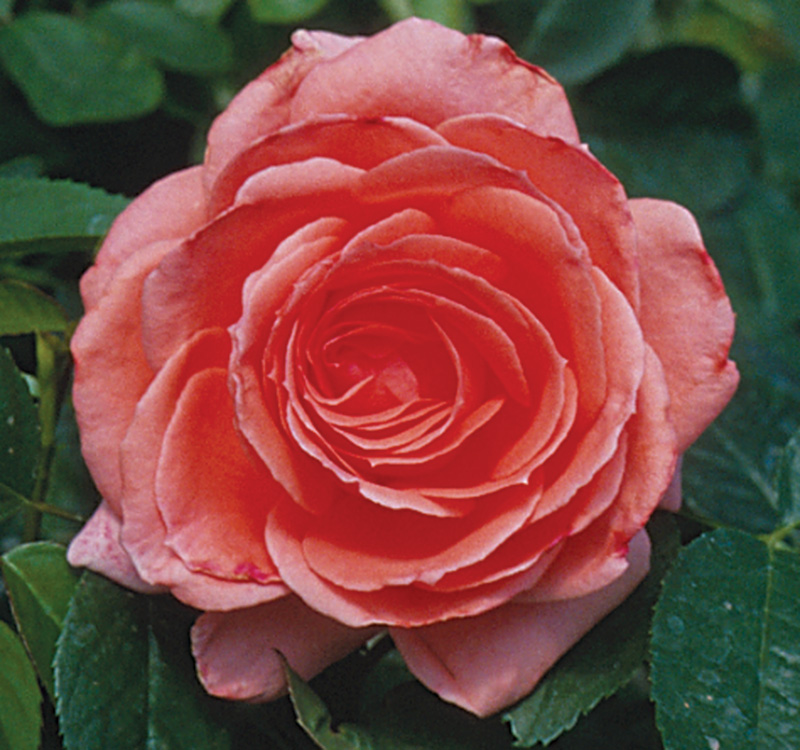
3. R. ‘Americana’
(climber; deep-salmon; strong fragrance; Zones 5–9)
This outstanding, upright, repeat bloomer with large flowers can reach 10 to 12 feet tall.
4. R. ‘Buff Beauty’
(hybrid musk; apricot fading to yellow; good scent; Zones 5–9)
This vigorous repeat bloomer grows to about 6 feet tall and tolerates more shade than most.
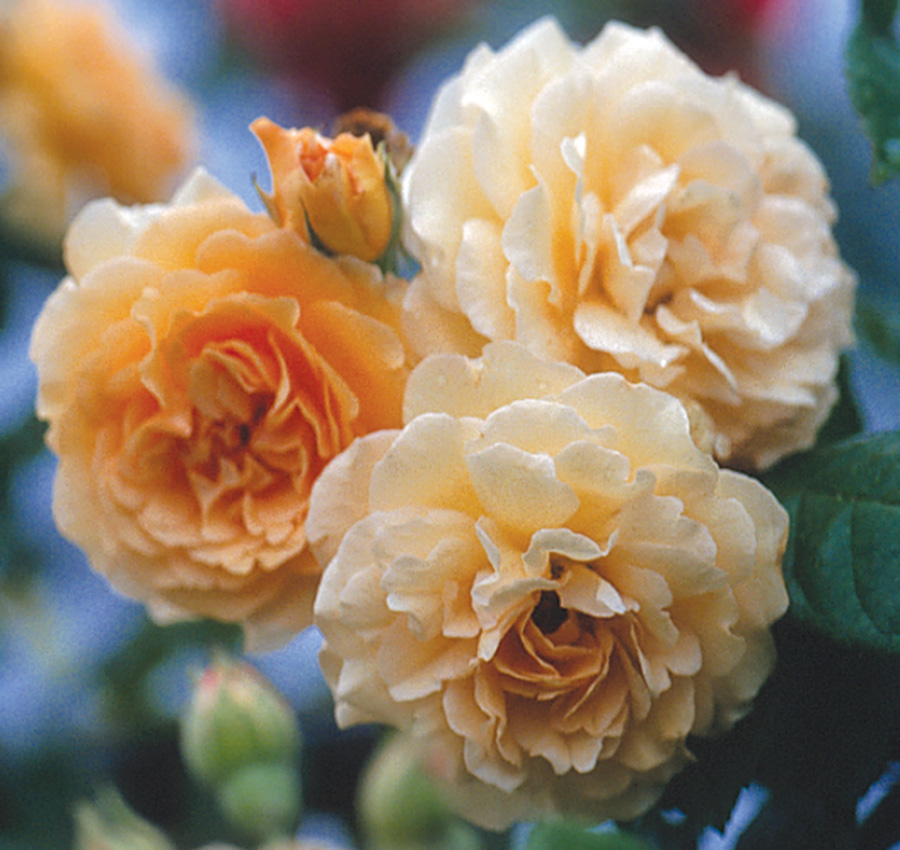 |
 |
5. R. ‘Little Darling’
(floribunda; soft salmon and yellow; good scent; Zones 6-9)
A generous repeat bloomer, it also makes an excellent cut flower.
Fine Gardening Recommended Products

Lee Valley Mini Garden Shear Set
Fine Gardening receives a commission for items purchased through links on this site, including Amazon Associates and other affiliate advertising programs.

ARS Telescoping Long Reach Pruner
Fine Gardening receives a commission for items purchased through links on this site, including Amazon Associates and other affiliate advertising programs.

Dramm Revolution Adjustable 9-Pattern Metal Hose Nozzle
Fine Gardening receives a commission for items purchased through links on this site, including Amazon Associates and other affiliate advertising programs.
- Ergonomic insulated grip
- Maximum pressure of 90 PSI
- Fully adjustable spray pattern
- No trigger lock


















Comments
Good and Thorough guide about the best roses for garden You can take help from Wikipedia Page Writing Service for more visibility of your business on the internet.
Log in or create an account to post a comment.
Sign up Log in